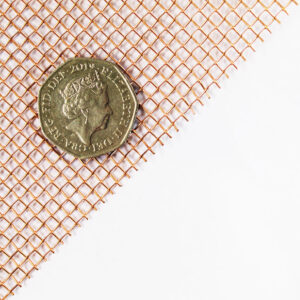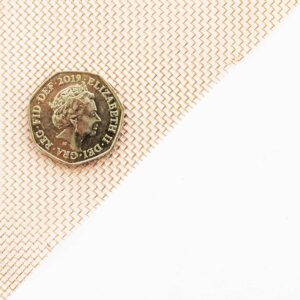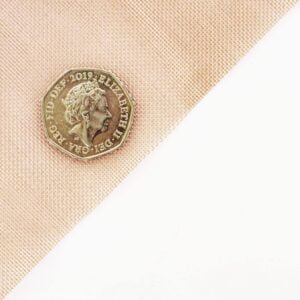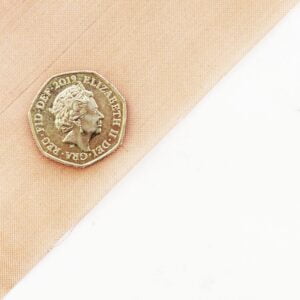








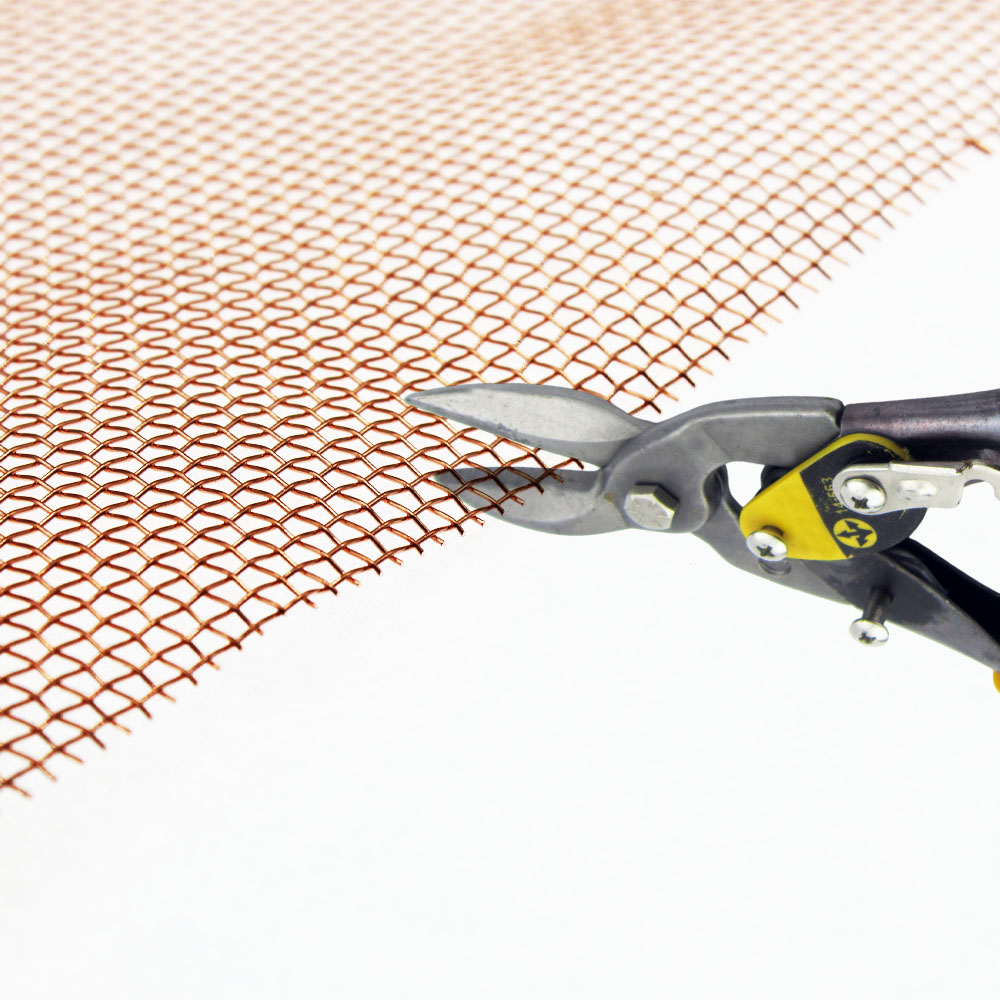
The Mesh Company’s pure copper woven wire mesh is a versatile material with applications across various industries, from industrial filtration and electromagnetic interference (EMI) shielding to architectural design and DIY projects.
The unique properties of copper, including its excellent conductivity, corrosion resistance, and aesthetic appeal, make it a popular choice for both functional and decorative uses. This article delves into the range of pure copper woven wire mesh, focusing on different hole sizes, wire thicknesses, and LPI (lines per inch). We’ll explore the characteristics of each type, their advantages, and the best applications for each specification.
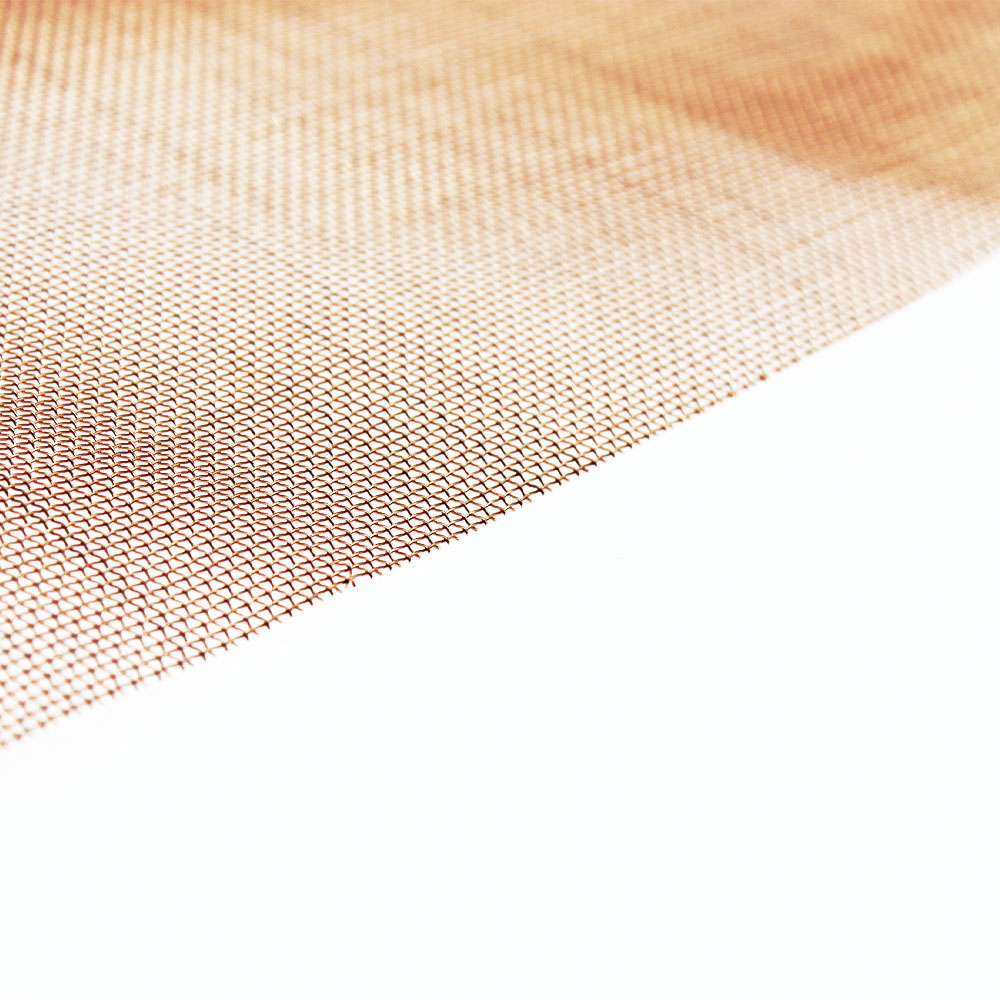

Before diving into specific products, it’s essential to understand what makes copper woven wire mesh such a valuable material. Copper’s natural conductivity and malleability allow it to be woven into fine and durable mesh patterns.
The woven structure of the mesh provides strength and flexibility, while the copper material offers a natural resistance to corrosion and weathering, making it suitable for both indoor and outdoor applications.
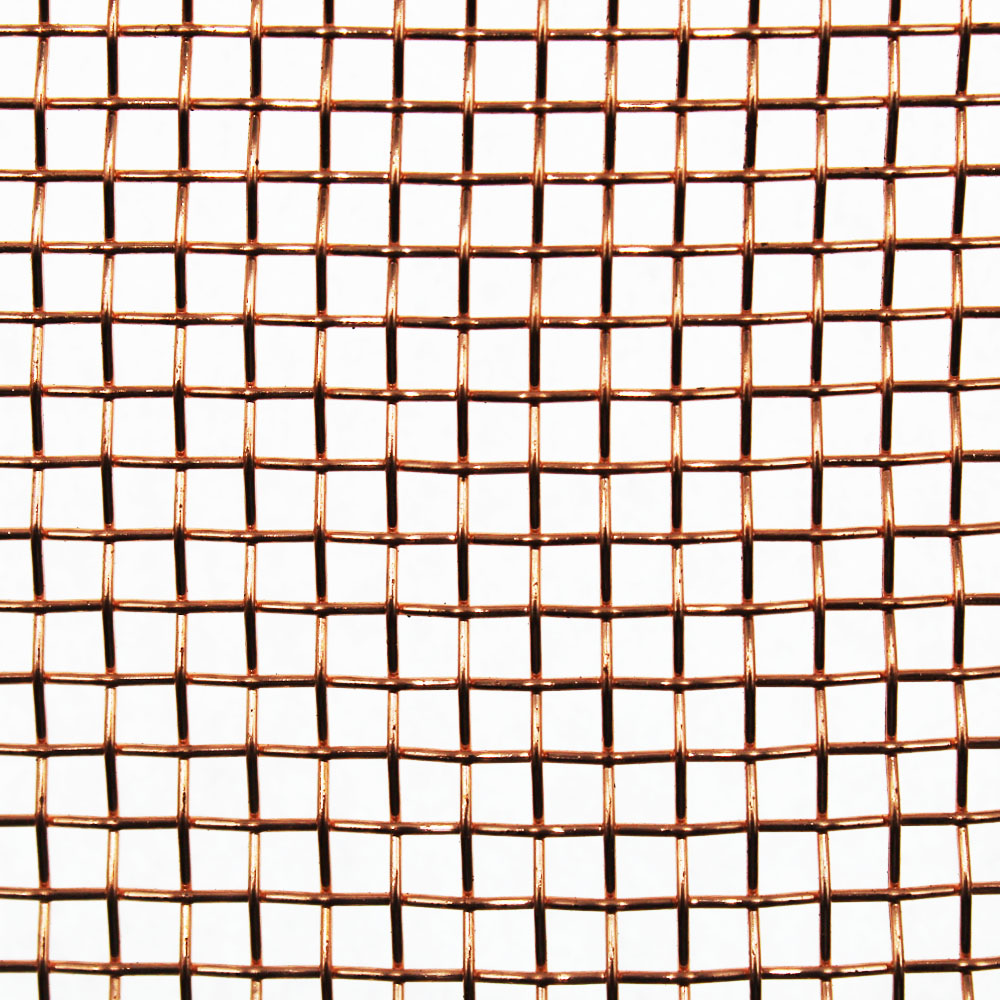
This mesh type has a larger hole size of 2.55mm, paired with a thicker wire diameter of 0.63mm and an 8 LPI configuration. Here’s a detailed look at its features:
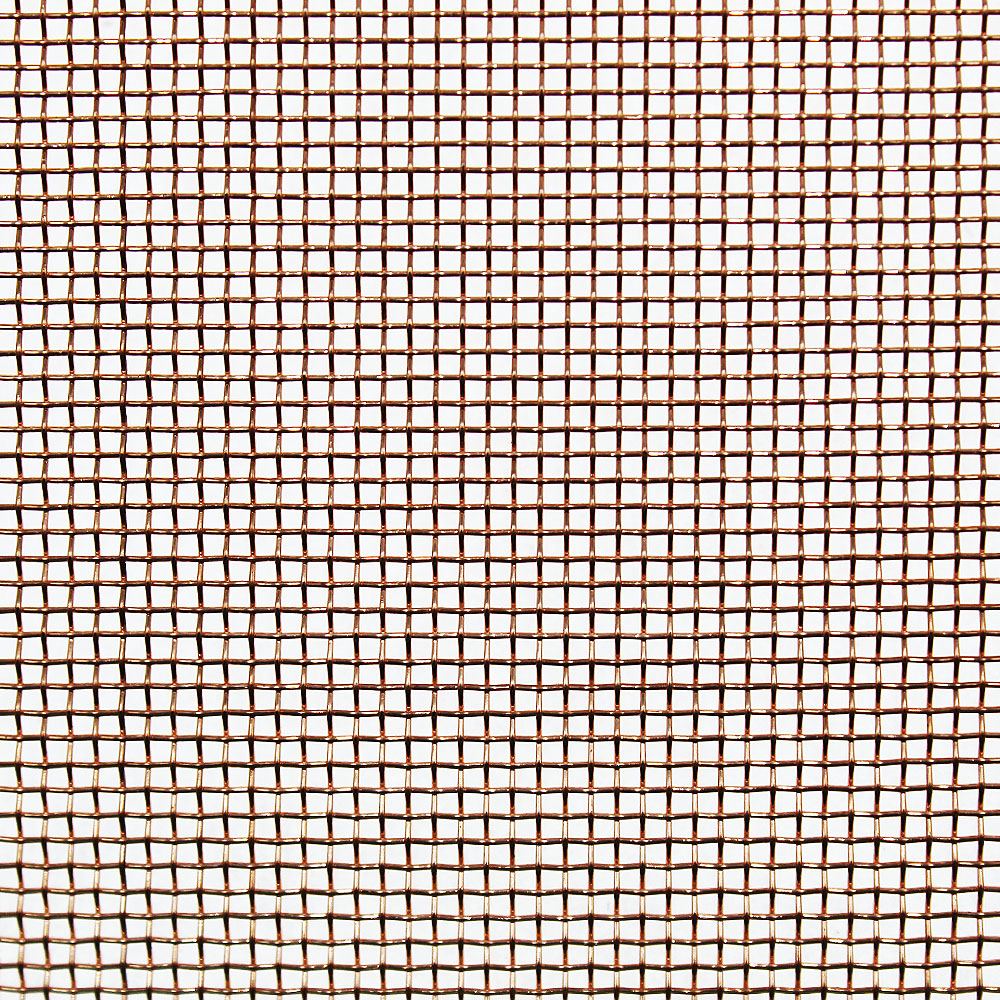
The next in our range is the 1.23mm hole mesh with a 0.35mm wire thickness and 16 LPI. Here’s a closer look:

This specification is ideal for applications that require a tighter weave and smaller openings:
This mesh offers an even finer weave with increased precision:

This is a very fine mesh suitable for applications that require high precision:

The finest option in our range, this mesh is designed for the most precise applications:
Pure copper woven wire mesh is an incredibly versatile material that caters to a wide range of needs. Whether you are looking for something durable for industrial use or a fine mesh for precision projects, our range covers every requirement. With options ranging from 2.55mm holes with thick wire to the finest 0.2mm holes with 0.05mm wire, choosing the right mesh has never been easier. Explore our selection to find the perfect match for your next project.
As always, thank you for checking out our blog. We hope that this helps you with your project. We try to launch a couple of new guides every week. Eventually we will have covered everything there is to cover about mesh.
You may be interested in our blog that explores whether or not copper is magnetic.
Our goal for our blogs and help guides is to answer as many questions as possible to help to explain the possibilities of mesh to our customers.

